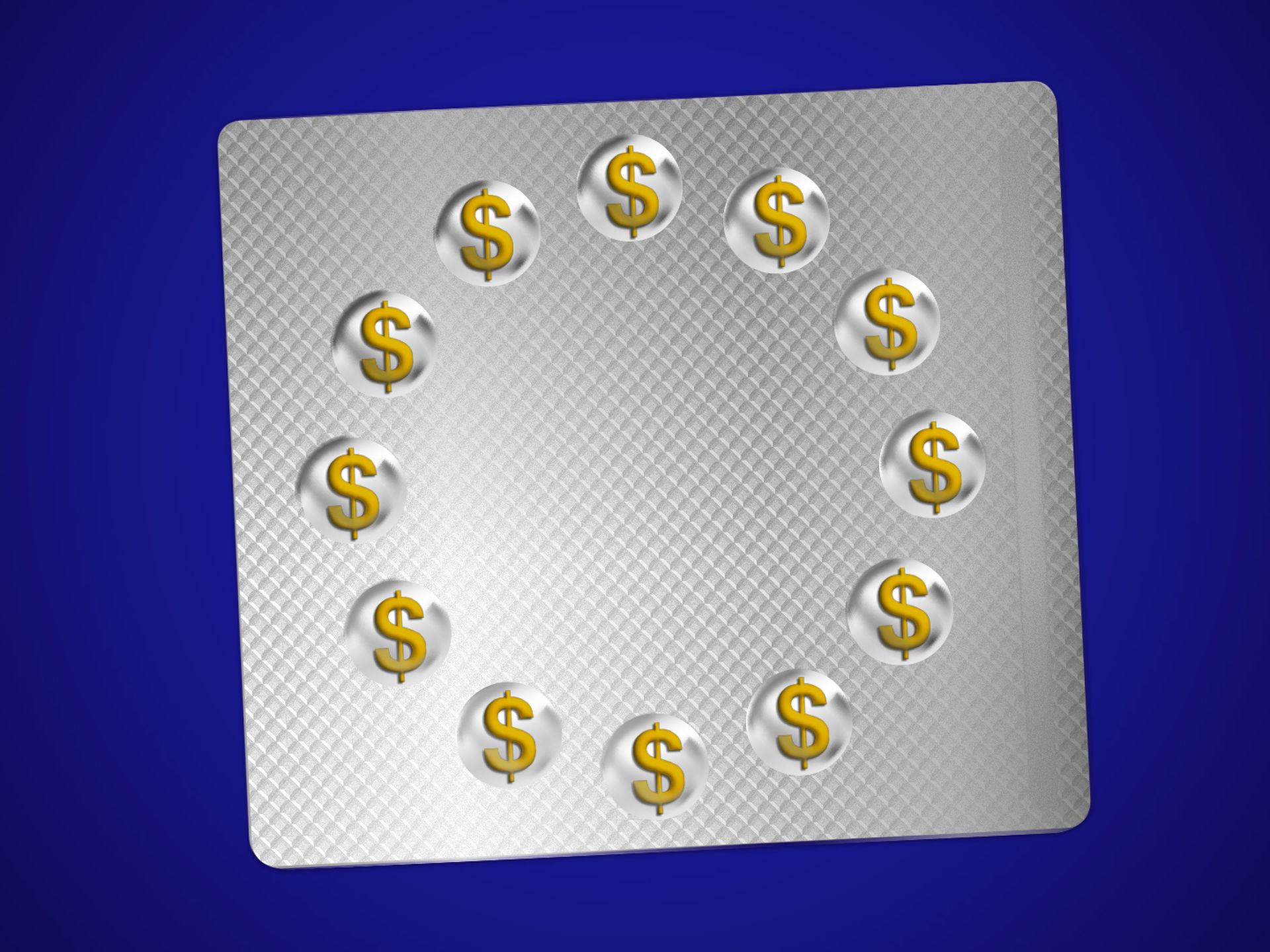As the trade disputes between the United States and the European Union continue to develop, the possible impacts on different industries are becoming more evident. A sector of increasing worry is the pharmaceutical field, especially regarding how U.S.-imposed tariffs on European imports could affect the cost and access to medications for American consumers.
The imposition of tariffs has long been a tool used to rebalance perceived trade inequalities. Under the administration of former President Donald Trump, tariff policies were aggressively pursued as part of a broader effort to reduce the U.S. trade deficit. Among the many goods targeted were products from the EU, including luxury items, industrial equipment—and notably, pharmaceuticals and medical supplies.
Although the pharmaceutical sector was not initially the centerpiece of tariff announcements, it remains vulnerable due to its extensive reliance on global supply chains. Many active pharmaceutical ingredients (APIs), finished drugs, and medical devices are manufactured or sourced from European countries. A disruption in this flow, particularly through increased tariffs, could have downstream effects that reach American patients in the form of higher out-of-pocket costs.
A key point in this discussion is that pharmaceutical companies typically do not absorb the full brunt of tariffs. Instead, these costs are often passed along through the supply chain—first to distributors, then to pharmacies, and eventually to consumers. This progression raises significant questions about the affordability of essential medications, especially for individuals managing chronic conditions or relying on specialized treatments that may not have readily available domestic alternatives.
Additionally, certain brand-name pharmaceuticals created in Europe are exclusive and not readily replaceable with generic versions. Should these items become subjected to import duties, the absence of competitive price choices might result in healthcare providers and patients having limited affordable options.
Economists caution that fluctuations in the drug market can have cumulative consequences. When the cost of medications rises, insurers may respond by increasing premiums, altering their drug lists, or assigning specific medications to more expensive cost-sharing levels. For Medicare and Medicaid, programs that already account for a large share of public healthcare expenditures, elevated drug costs may place additional pressure on federal and state finances, possibly leading to changes in drug-related policies or the organization of benefits.
On the other side of the debate, proponents of tariffs argue that these measures could incentivize pharmaceutical companies to invest in domestic manufacturing, creating jobs and reducing long-term dependence on foreign suppliers. The idea is that by making imports less financially attractive, companies might shift production to U.S. soil, which could, in theory, stabilize pricing over time and strengthen national pharmaceutical resilience.
Nevertheless, the practicality of this method is contested. Setting up or enlarging local drug production facilities involves significant time and expense. Regulatory obstacles, staff shortages, and substantial upfront funding make swift changes improbable. In the immediate to near future, it seems likely that any alteration in supply chain tactics could still lead to increased costs before any financial advantages become apparent.
Another aspect to consider is the legal system for approving and distributing pharmaceuticals. Several medicines granted approval in the EU go through a distinct evaluation compared to those overseen by the U.S. Food and Drug Administration (FDA). Trade barriers or tense commercial ties might postpone or make it challenging to bring in newer drugs pending FDA approval or those currently available through global supply deals.
The broader context includes a global push for pharmaceutical sovereignty, intensified by the COVID-19 pandemic, which exposed vulnerabilities in global health supply chains. Governments around the world, including in the U.S. and Europe, are now more acutely aware of the need to balance economic independence with global cooperation—especially in the realm of healthcare.
In terms of public response, there is growing concern among patient advocacy groups and medical professionals about the potential impact of trade policy on healthcare outcomes. Many fear that trade disputes could make lifesaving treatments less accessible, particularly to low-income or uninsured populations. Transparency in how drug prices are determined—and how tariffs factor into that equation—has become a central demand in healthcare policy discussions.
Some experts in the field propose that the pharmaceutical industry might seek specific exceptions or exclusions from wide-ranging trade restrictions, reasoning that drugs should not be classified alongside consumer items because of their critical importance. There is historical precedent for this; in the past, particular medications and health-related products have been kept out of trade conflicts to avoid negative humanitarian impacts.
Nonetheless, unless such exceptions are granted, the risk of rising drug prices remains a pressing concern. Whether tariffs are ultimately used as a negotiating tool, a long-term policy direction, or a temporary measure, their implications for drug pricing will likely remain a subject of debate among policymakers, economists, and healthcare stakeholders.
The link between international trade policies and domestic drug prices is complex and multi-faceted. While intended to bolster economic advantage, tariffs on pharmaceuticals carry the potential to introduce new challenges in affordability and access. As the U.S. redefines its trade strategies, close attention to how these policies intersect with healthcare will be essential—not just for the industry, but for the millions of Americans who rely on consistent, affordable access to medication.




